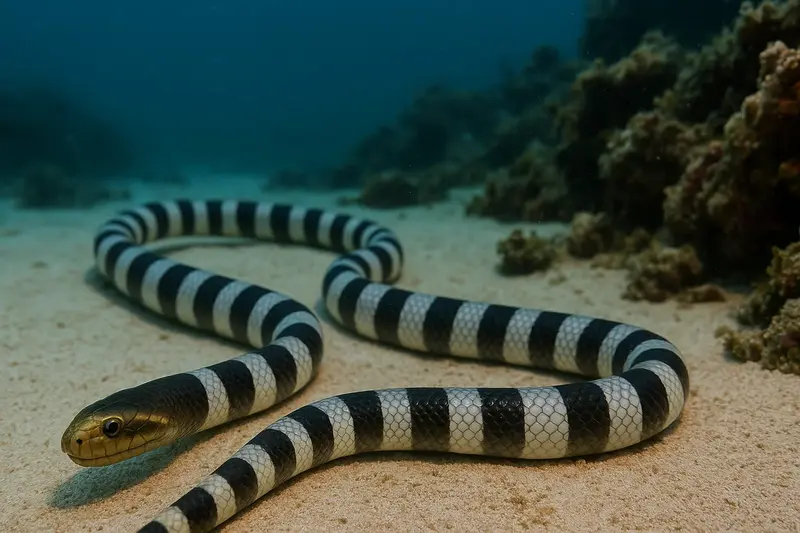
Sea snakes are highly venomous reptiles belonging to the subfamily Hydrophiinae of the family Elapidae. They are fully or partially aquatic and inhabit warm coastal waters of the Indian and Pacific Oceans. Adaptations such as paddle-shaped tails, skin respiration, and salt-excreting glands make them...
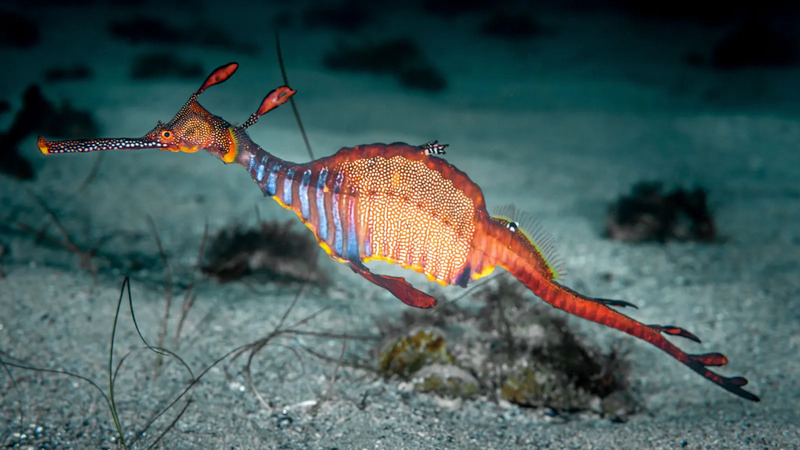
In the vast and mysterious depths of the ocean, there is such a wonderful creature, which looks more like an underwater plant than an animal. This is the Leafy Sea Dragon (scientific name: Phycodurus eques, also known as the branched seahorse or leafy sea dragon), a marine fish of the Syngnathidae f...
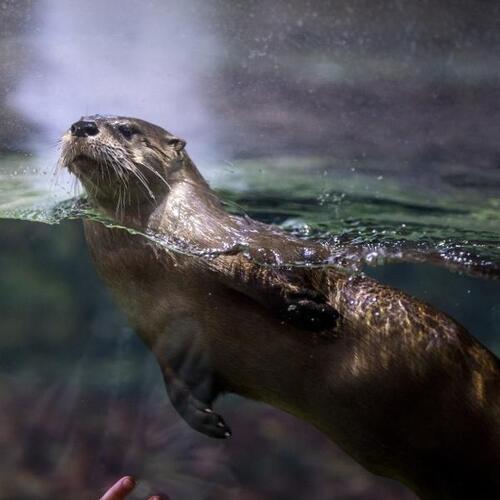
Otters are beloved members of the weasel family, showcasing playful behavior and remarkable adaptability. Two notable types are the river otter and the sea otter, each thriving in distinct environments and exhibiting unique characteristics. This article explores the differences between these two spe...
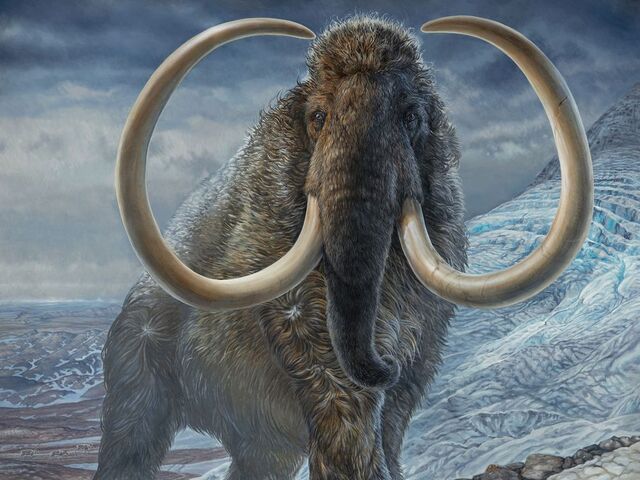
The Ice Age, or Pleistocene Epoch, was a period that lasted from about 2.6 million to 11,700 years ago. It was characterized by repeated glaciations and freezing temperatures, which created unique and challenging environments for the animals that lived during this time. From massive megafauna like t...
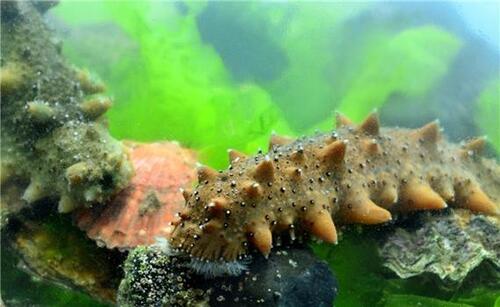
Cloacal respiration is not limited to land-based animals. Several marine and freshwater creatures have also evolved this method to cope with low oxygen levels in aquatic environments.1. Sea Cucumbers (Class Holothuroidea)Habitat: Ocean floors worldwideBreathing Mechanism: Sea cucumbers, slow-moving...
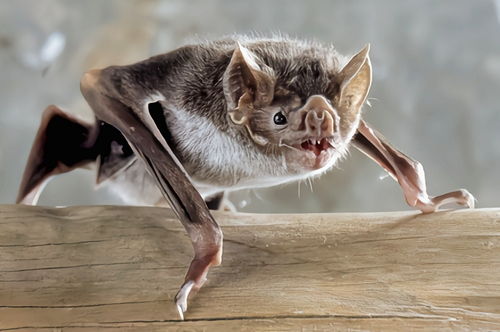
There are animals of all shapes and sizes living on Earth, some of which are even amazing. Here are 10 of the world's strangest animals, known for their unique appearance and strange habits.1. Vampire BatAppearance: A small bat, about 8-10 cm long, with gray fur and sharp teeth around its mouth....
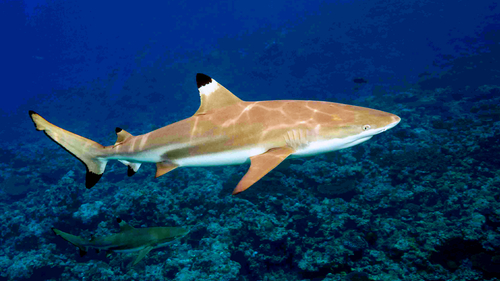
The ocean is a mysterious and vast world, inhabited by many amazing creatures. Among them, some marine animals are known for their amazing speed. Here are the 10 fastest marine animals, ranked from fastest to slowest.1. Blacktip SharkSpeed: Up to 60 kilometers (37 miles) per hourFeatures: Blacktip s...
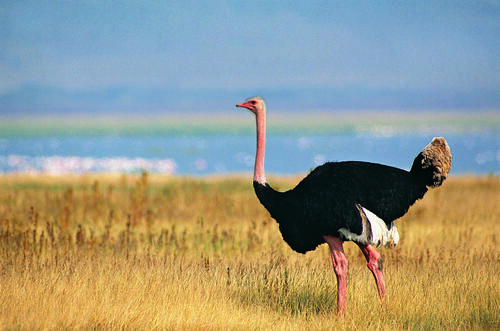
Although dinosaurs became extinct about 65 million years ago, their descendants and close relatives still live on Earth, and some of the animals that exist today still look and feel like "dinosaurs". Some animals are called "living fossils" because they have retained ancient appe...

In animals Throughout the kingdom, sound is an important tool for survival and communication. However, some animals have shown unique adaptability in silence. This article will explore the quietest animals, starting with the least vocal, and gradually reveal how these creatures survive through silen...
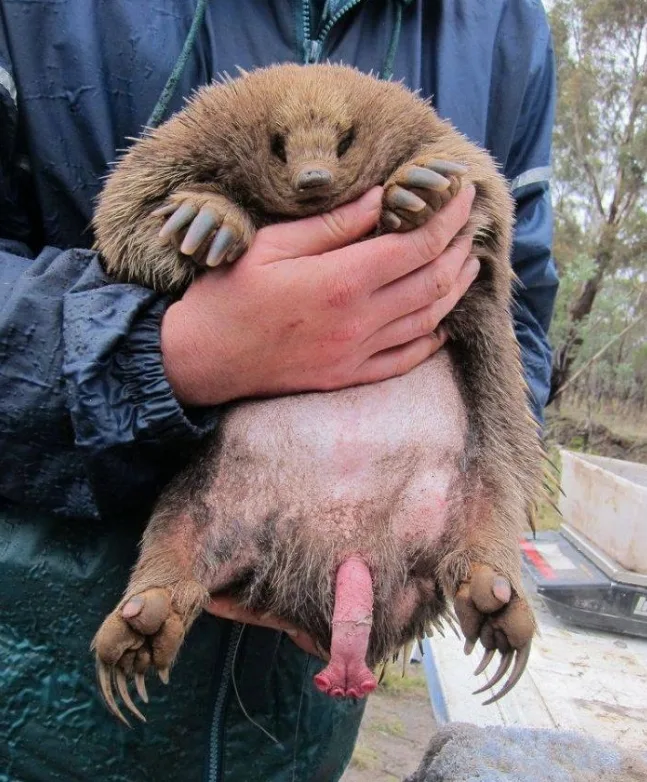
In nature, animals often have amazing diversity and complexity in their reproductive systems. Some animals have unique reproductive organs that not only play a key role in the reproduction process, but also reflect the species' unique adaptations in evolution. Here are ten animals with unique re...

Marine animals that humans should not touch: Deadly and dangerous things in the oceanThe ocean is one of the most mysterious environments on Earth, home to countless strange and beautiful creatures. However, not all marine creatures are safe to touch. Some animals may seem harmless, but they have po...
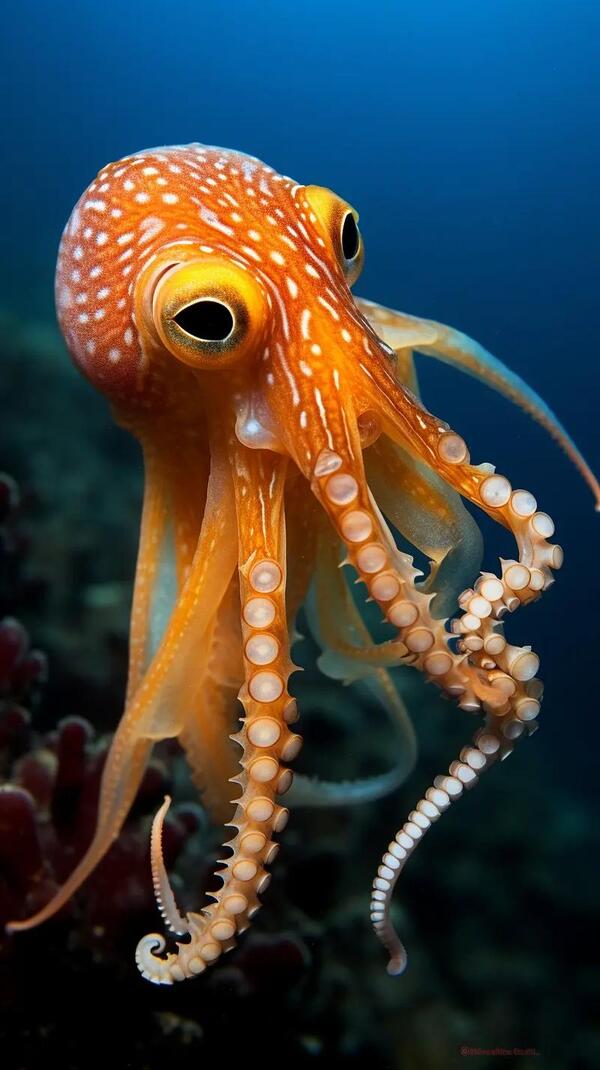
In nature, many animals have the ability to shapeshift or change their appearance to help them survive, camouflage, or cope with threats in their environment. This ability to shapeshift is usually achieved through camouflage, plasticity of body structure, or special biological mechanisms. Here are s...
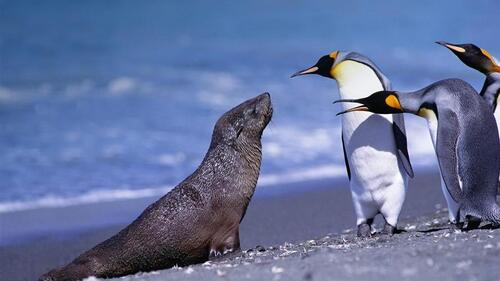
Antarctica is one of the most unique and inhospitable places on Earth. Despite its extreme climate and ice-covered landscape, this icy continent is home to a wide variety of animals. Antarctica and the surrounding Southern Ocean are some of the purest and most pristine ecosystems in the world, and t...
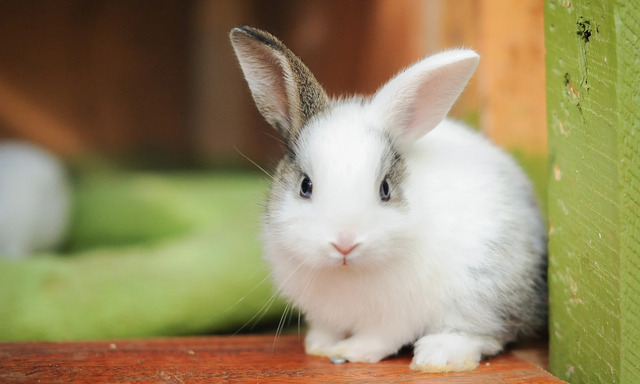
For many people, keeping a pet is a fun and companionable experience in life, but not all pets are suitable for every family. Some pets require extremely high maintenance costs and energy investment, and even require professional skills from the breeder. Whether it is the strict requirements for the...
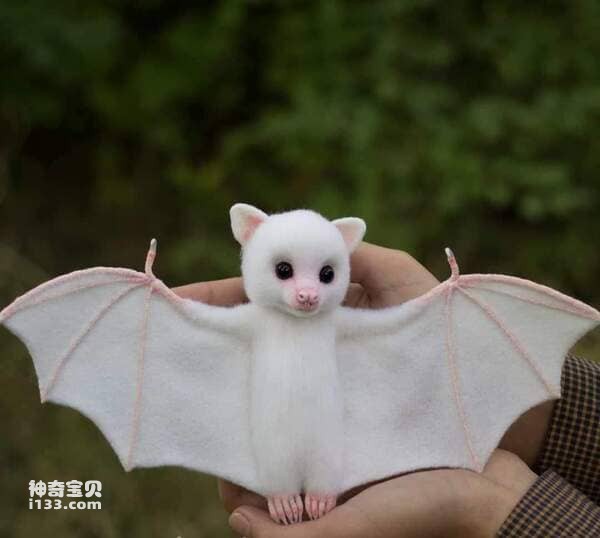
There are many kinds of animals on the earth, and they have different appearances. Some are majestic, some are cute and naive, and some look unbearable. Today we take a look at the top ten cutest animals in the world, which are giant pandas, harp seals, koalas, angora rabbits, alpacas, pengui...
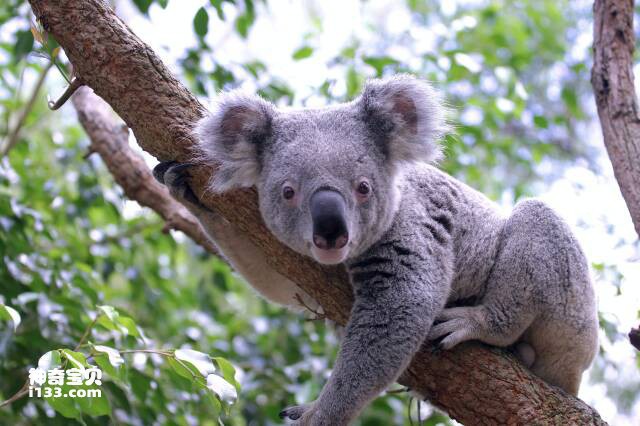
According to scientific research, some animals fall asleep more easily and sleep more deeply than others. Here are the top ten animals thought to sleep the most: 1. Koala: Koalas sleep 18-22 hours a day, basically sleeping all day long. They usually sleep durin...

Antarctica is a unique place with many unique animals. The most famous of these is undoubtedly the penguin. Antarctica is also home to other species of birds, such as albatrosses, seabirds, and snowy shearwaters, as well as a variety of pinnipeds, such as fur seals, fur seals, walruses, and sperm wh...
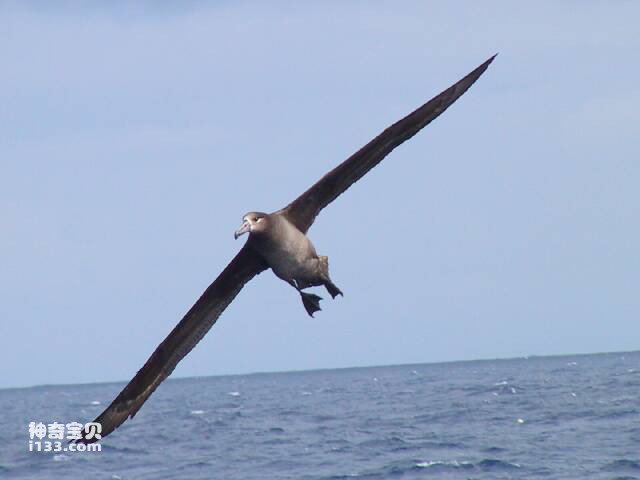
The Wandering Albatross is the largest flying crow in Antarctica and the king of flying birds in the world. It is covered in pure white feathers with black markings on its tail and wing tips. Its body is streamlined. When it spreads its wings and flies, the distance between the wing tips can...